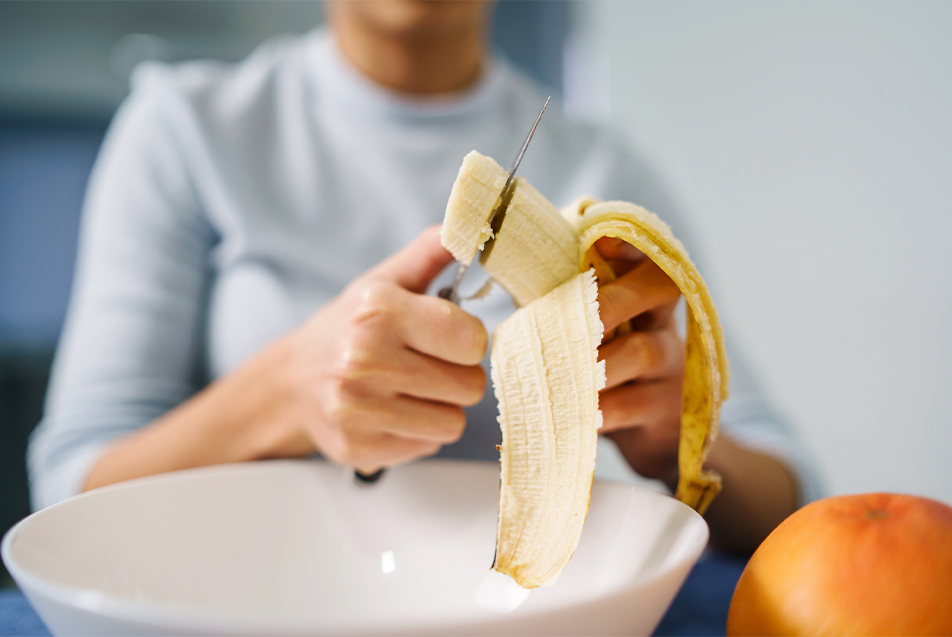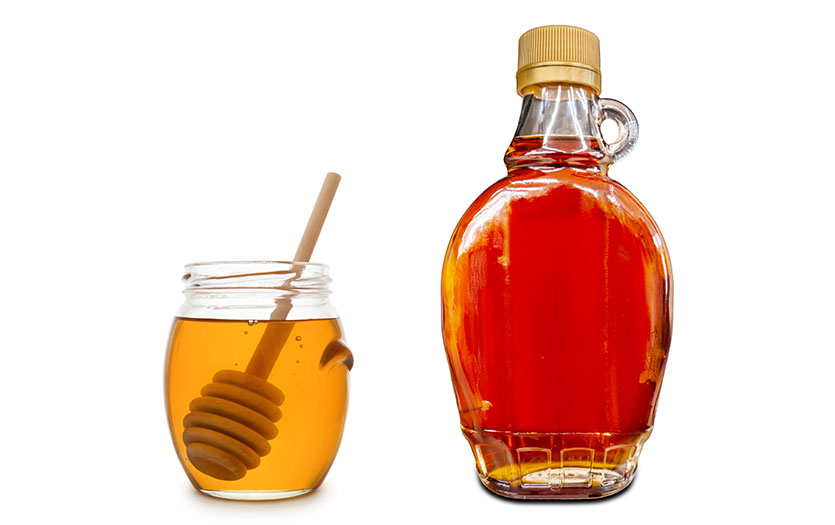
In the past, physicians would recommend the BRAT diet to patients when sick or suffering from stomach illnesses. However, more recently, many providers are questioning whether this method is the best option. Molly Brennan, clinical dietitian, Parkview Cancer Institute, helps answer our questions while examining the BRAT diet’s efficacy for patients with stomach issues.
What is the BRAT diet?
BRAT is an acronym that stands for banana, rice, applesauce and toast. Providers have historically recommended this bland, easy-to-digest diet to patients experiencing diarrhea, nausea and vomiting.
How does the BRAT diet work?
Pediatricians used to recommend the BRAT diet to alleviate intestinal issues in children. This diet consists of particularly low-fiber, bland foods like bananas, applesauce, toast, rice, crackers, oatmeal, cream of wheat, broth and boiled potatoes. Foods not recommended under these dietary guidelines include dairy products, greasy foods, raw vegetables, low-calorie sweeteners, cruciferous vegetables, citrus fruits and caffeinated beverages. Choosing particularly low-fiber bland foods prevents overstimulation of the digestive system and slows down the frequency of bowel movements. Likewise, the bland taste might also lead to less nausea. There is limited research on the length of time that patients should follow this diet. However, to avoid nutrient deficiencies, it’s best to gradually return to a regular diet as symptoms subside.
Is the BRAT diet safe and effective?
At present, there have been no clinical trials on the efficacy of this diet. With that said, the International Foundation for Gastrointestinal Disorders does recommend bland foods when dealing with gastrointestinal distress, which does include some of the foods found within the BRAT diet guidelines. Consuming foods high in soluble fiber such as rice and bananas can help thicken stools. However, the BRAT diet is not a long-term solution because it is low in fiber, protein and fat. As previously mentioned, as symptoms gradually subside with a bland diet, it’s best to continue adding nutrient-dense foods such as whole grains, fruits, vegetables, low-fat dairy and lean protein sources back into your routine.
Are there alternative foods or strategies people should try instead of the BRAT diet?
Maintaining a wide diversity of bacteria within your microbiome can be beneficial in preventing gastrointestinal issues. Probiotics are live microorganisms noted to have health benefits when consumed. Incorporating probiotic-rich foods into your diet such as yogurt, kefir, unpasteurized sauerkraut, tempeh and kimchi can help prevent and even lessen gastrointestinal symptoms.
Additionally, foods high in prebiotics contain a fiber that helps feed and grow beneficial bacteria in your microbiome. Prebiotic-rich foods include bananas, onions, garlic, barley, leeks and apples. It may also help keep a log of symptoms and food consumed to assess if any reactions might be related to possible food intolerance.
What foods should people avoid when battling a stomach illness?
In general, it’s best to avoid foods that are spicy, greasy or acidic. Limiting raw vegetables high in insoluble fiber can also be beneficial in preventing more diarrhea. Try focusing on bland foods like bananas, rice, applesauce and toast. But, also include unseasoned poultry, small amounts of yogurt, cooked low-fiber vegetables and soft fruits.
When should someone seek medical intervention?
Generalized dietary interventions alone may not be enough to alleviate symptoms. If you don’t see relief after 24-hours or have questions about your circumstances, please don’t wait. Make an appointment to speak with your primary care provider.



